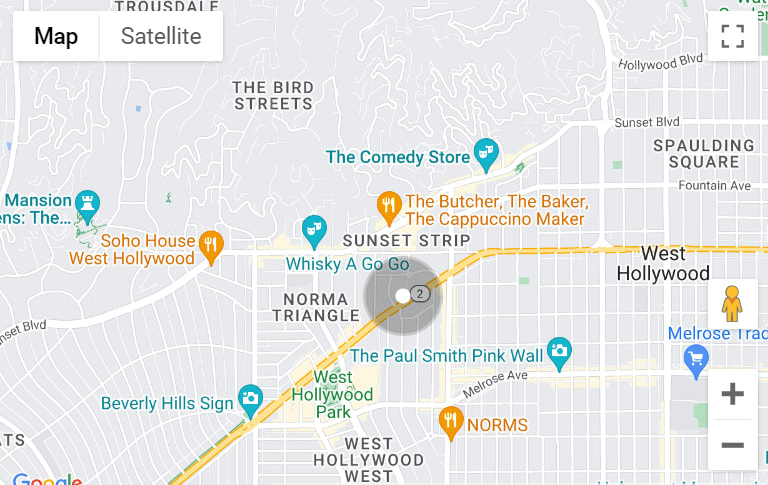Precisely identifying the bottom of the market is a feat next to impossible for many. An experienced professional may have a general sense as it is occurring, but others may not recognize it until after the bottom has been hit.
People often seek the bottom to no avail. Finding a market bottom takes time to wait, study, and calculate trends. As this occurs, market conditions can rapidly fluctuate, leading to a restart of the entire process or possibly leading buyers to miss the mark.
Most people tend to buy neither at the bottom nor the top, but rather during the in-between periods. However, for a motivated buyer seeking out the elusive and hard-to-capture bottom of the market timeframe, some key clues and trends can be used to help analyze and identify this.
When to Try to Buy at the Bottom:
Buying at the bottom isn’t ideal for every buyer and situation. For some, it may be better not to rely on this timing and instead buy what you want when it’s right for you.
There’s a thin line between the bottom and a price increase, and it can be hard to recognize whether your situation will allow for buying when prices and rates are down. Here are a few situations where it mail be best to aim for the bottom:
- You want to move to a more expensive home. Ideally, the timing will work itself out so that you can sell your home as prices fall then buy soon after so that the costly home is within your reach. Timing is everything in this situation, though, and it can be quite risky.
- You’re keeping the home for the long haul — f this property is going to be long-term, buying at the bottom can be a great way to take advantage of the market. This purchase, over the years, will increase in value and can be regarded as a strong investment.
- You can plan for short-term living arrangements — if you can arrange to have a place to live while you wait for the bottom, do it! This is an excellent option for people who just sold their homes and have temporary housing at their disposal. Live here and see what happens with the market, then buy when prices and rates are best. The only catch here is that you must account for the costs and expenses associated with moving not once but twice.
Buying When Rates and Prices are Low:
After confirming that buying at the bottom is suitable for your situation, you can start forming your strategy. Based upon your situation, these may differ, but here are some generally good rules to follow:
- Monitor the interest rates. Don’t wait for the news to break to the general public about historically low rates. Keep an eye out and an ear open, and make sure you’re the first to know when rates are at an all-time low. Utilize this before everyone else does.
- Seek out quality real estate. When prices are at a low, buyers have the opportunity to invest in a quality property that will pay off in the future. By identifying real estate that stands the test of time, you can be confident you’re making a long-term investment that will provide a strong return in the years to come.
- Make an informed decision. Though it’s easy to get caught up in the chaos of the situation (timing is everything in this situation), make sure that you make an educated decision without feeling rushed into anything. Make sure that you’re completely sold on whatever property you’re purchasing, then act fast to capture that fantastic deal that you can’t miss.
Now that you know what to look out for when buying at the bottom, find your dream home! If you want more help navigating this process, contact experienced agents Theo Jordan and Katie Cassman by emailing
[email protected] or calling 847-624-6236.
